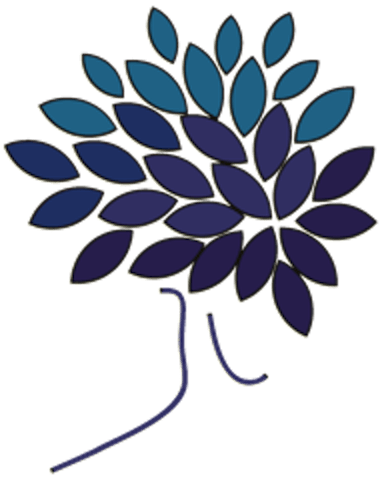Manual Medicine and osteopathy

Osteopathy is a manual diagnostic and therapeutic approach to dysfunction of articular and tissue mobility in general, in the context of their participation in the onset of diseases. Manual Medicine-Osteopathy is the “medical branch” of osteopathy.
It bases its action on the search for a precise, reproductible medical diagnosis, which is the guarantee of a rational, precise, effective treatment. Manual manipulations are acts of very high technicality, requiring a long training.
It’s applications are the treatment of pain in general, osteo-articular and vertebral pain in particular.
The physician is able to make a more complete clinical diagnosis through its manual and tactile approach and unlike non-physician practitioners, he can prescribe additional tests in case of diagnostic doubt. He has various techniques of manual therapy: stretching, relaxation manoeuvers, mobilizations, vertebral manipulations … However, he can choose other treatments if the manual therapy is contraindicated or temporarily inadequate.
The indications are various:
Vertebral pain: cervicalgia (torticollis), back pain, acute or chronic lower back pain, gluteal pain and coccyx … Headaches, dizziness of cervical origin. Neuralgia of the arm, shoulder, intercostal. Sciatica with or without disc herniation. Some peripheral joints can be handled manually. maxillofacial pain, …
Given the current enthusiasm for recreational sports, this is an area of significant interest. If sport is good for health, sometimes it is not free from disadvantages. While large traumatology (polytrauma, large fractures) will be dealt with in hospital emergency departments, small traumatology, whether or not occurring on sports grounds, is most often part of ambulatory sports medicine:
- Trauma of the joints
Of sprain type: ankle, knee, wrist, fingers, …
Of luxation type: patella, clavicle … - Tendinous or muscular accidents
Such as contusions, contractures, elongations, breaks, tears, tears, partial rupture. - Traumatic or Chronic Bone Diseases:
Fatigue Fractures, periostitis, osteochondritis of the child. - Acute or chronic tendinopathies: bursitis, tenosynovitis, tennis elbow tendonitis, achilles tendon, patella, shoulder, wrist, plantar fasciitis …
This “small traumatology” is often neglected by the patient and the doctor or treated by excessive means (plaster). However, particularly in the sportsman, this pathology requires a precise diagnosis after a careful clinical examination and rapidly available complementary examinations. This allows for appropriate therapeutic management to ensure the safe return of activities or daily functionality.
The doctor is also interested in prevention, the best way for an athlete to avoid getting injured is to think about warm-up, to use appropriate equipment, to stretch at the end of training and especially to consult From the first signs of pain, without waiting for the injury to worsen.
These consultations are not exclusively reserved for high level athletes. All occasional sportsmen with problems related to their physical activity will benefit from the advice of a sports physician.


Mesotherapy is a medical technique developed in 1952 by French physician Michel Pistor. It is defined as local and very superficial (intra-dermal) injections of low doses of drugs at the place where the pain is felt.
In particular, mesotherapy is used in sports medicine to treat athletes in order to be quickly restored and to be able to resume training without using medicines by the general route and without cortisone infiltration.
The indications are various:
- Sports traumatology: tendinopathies, sprains, contractures, elongations, breakdowns, periostitis, algodystrophy …
- Rheumatology: Subacromial shoulder conflicts, osteoarthritis, carpal tunnel syndrome, Morton’s disease …
- Spinal pathologies: lumbago, torticollis, sciatica and cruralgias, common lumbago, common cervicalgia, common dorsalgia
- Migraines, headaches, …
OUR DOCTORS
No Results Found
The page you requested could not be found. Try refining your search, or use the navigation above to locate the post.
Don't Be Shy! Contact us!
If you have some questions, contact us! We will reply as soon as possible!
